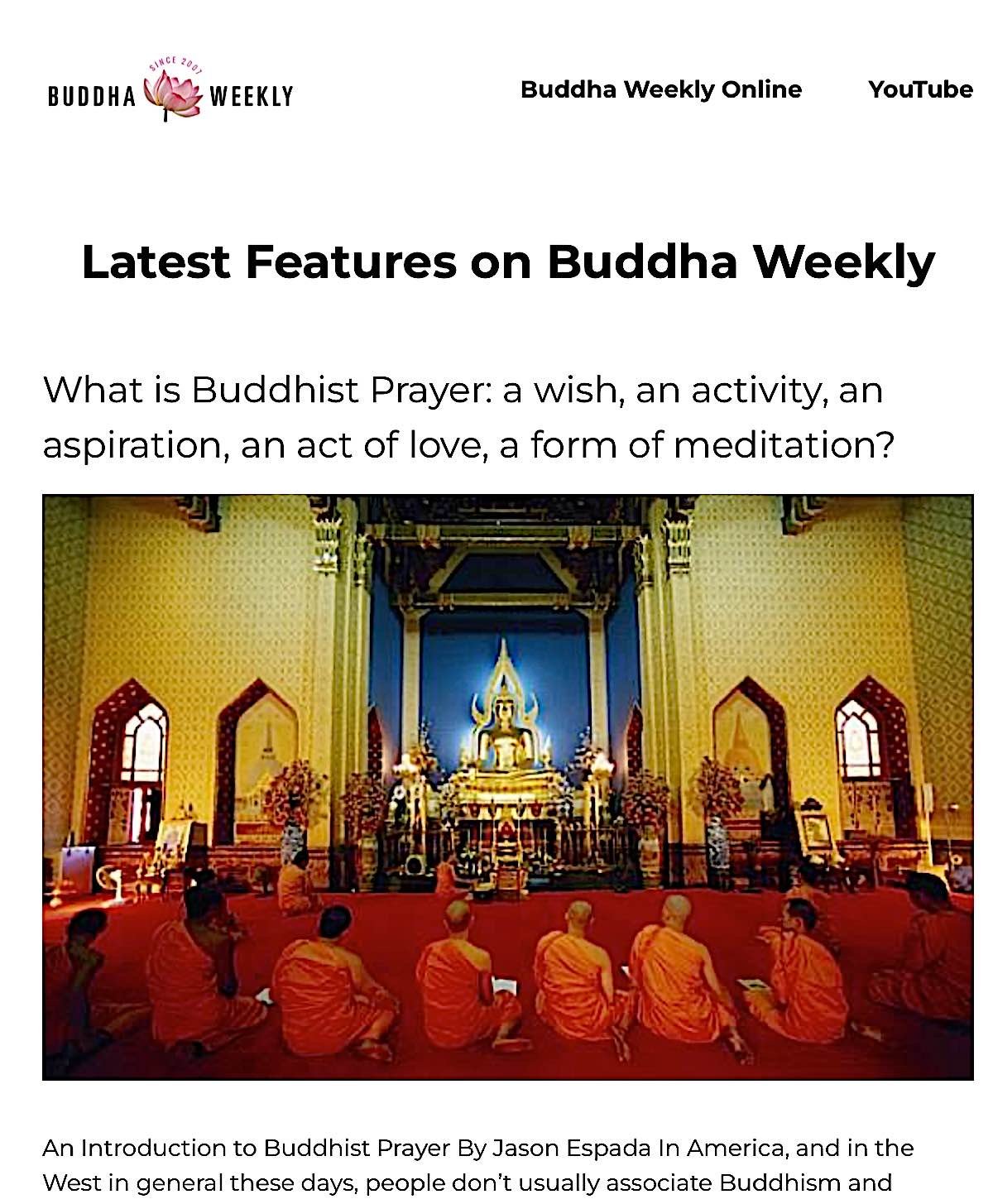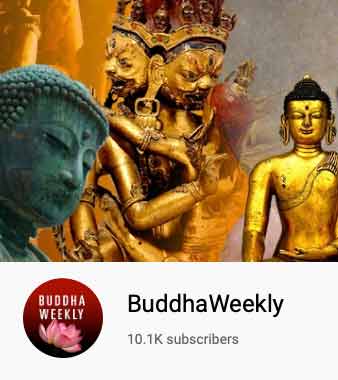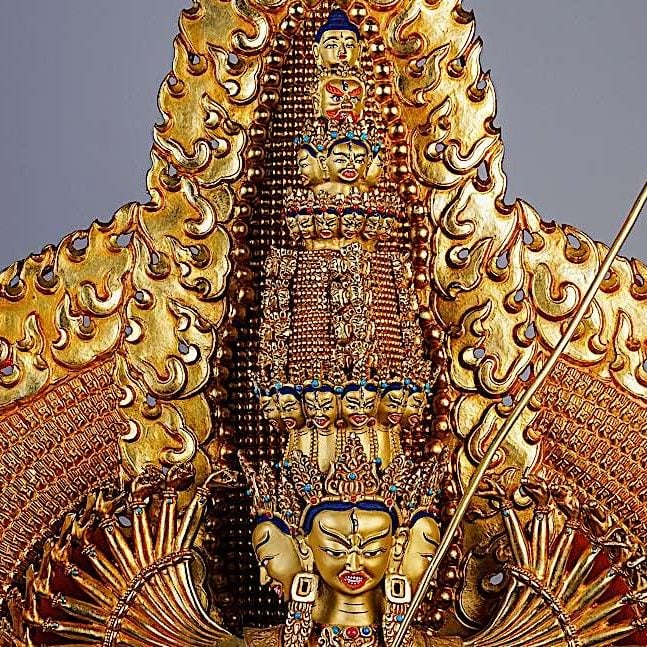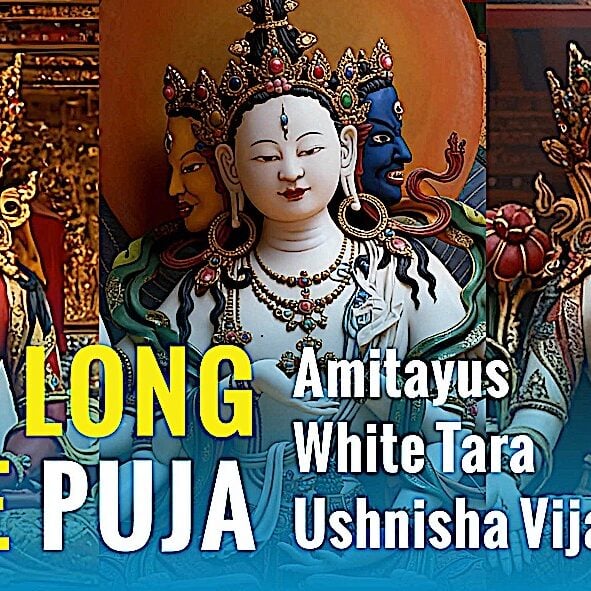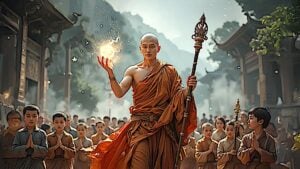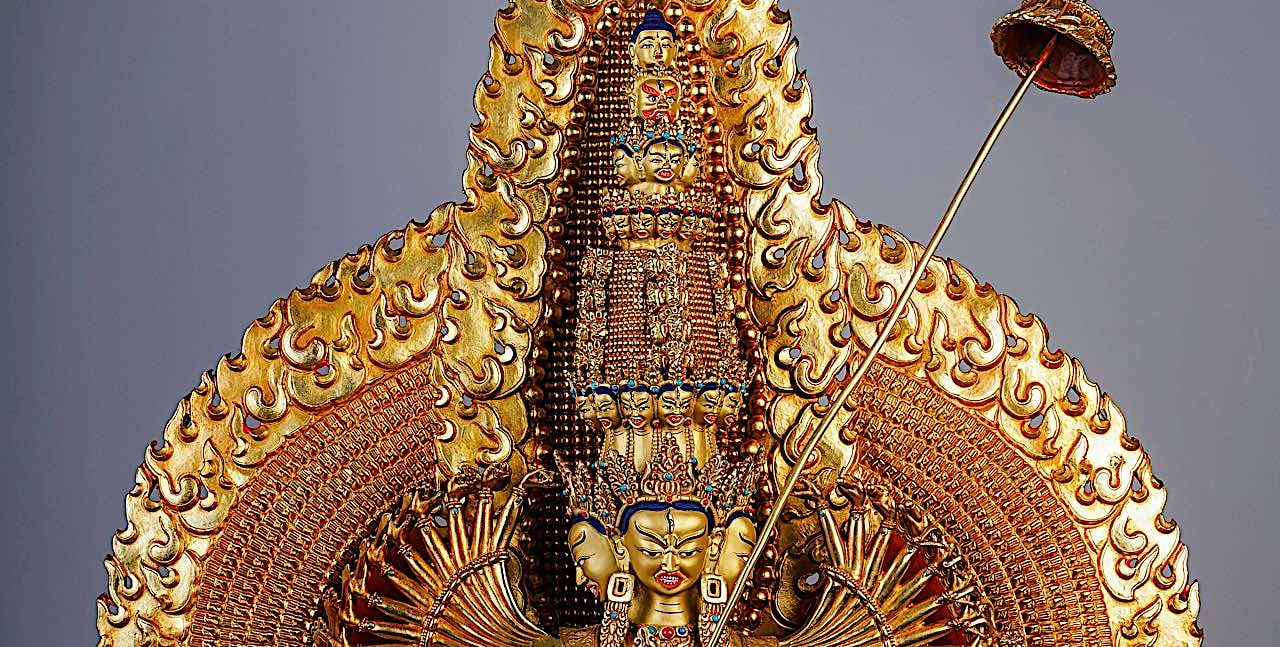Unlimited Tara – Mother of All Buddhas – Pandita Candrakirti’s 8 Forms & the 21, 108, 1008 Forms
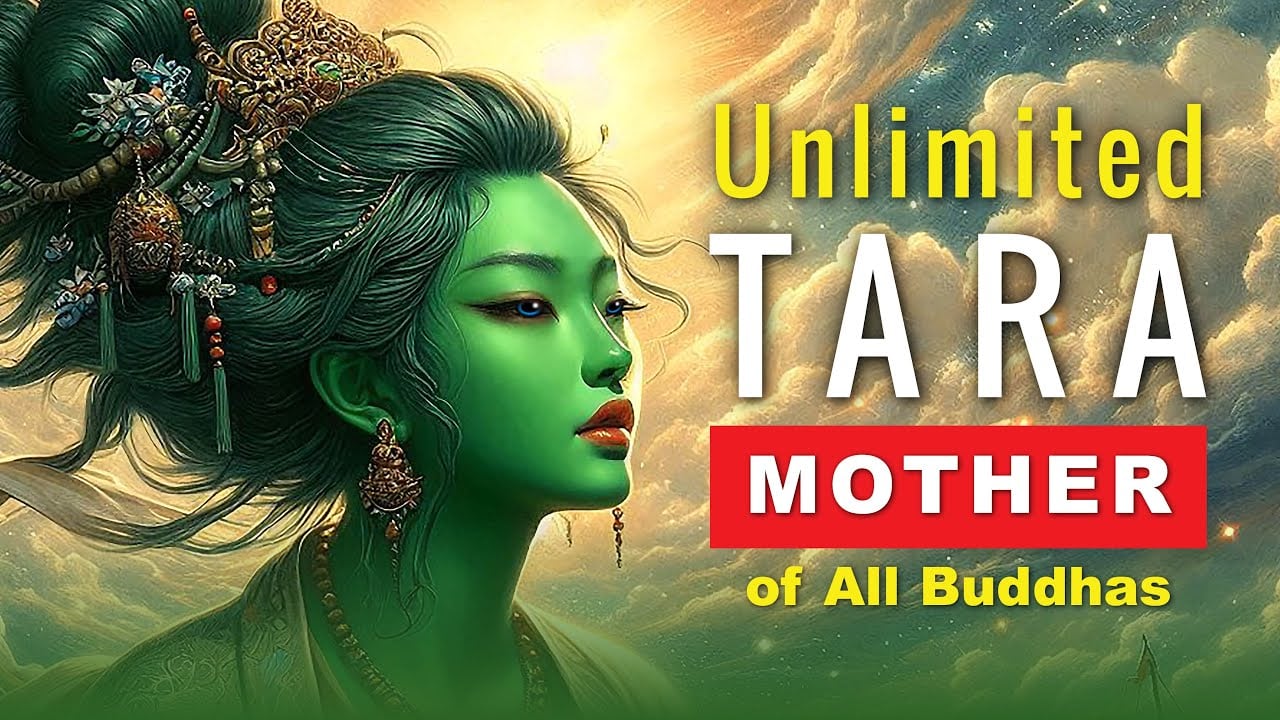
Why does Mother Tārā have so many forms, as Mother of the Buddhas, Dakini, as Earth Mother, star in the sky, and Wrathful Protector? Why did the famous 9th century Pandita Canrakirti refer to Tārā as Varahi Tārā? Does this mean she is also Vajravarahi? How can she also be Mother Earth as Vasudhara? We answer these questions, and more, in this short presentation on the Mother of all the Buddhas Tārā.
When most people think of Mother Tārā they think of the saviour Buddha Mother, with one leg thrust forward to leap up to our aid. We often call her Green Tārā or Tārā of the Khaidira Forest.
Video on this Topic:
Homage to the Body of Tara
The great Varahi of Emptiness.
Homage to the Speech of Tara
Perfection without words, thoughts, speech.
Homage to the Mind of Tara
Immaculate moon of Knowledge.
VIDEO CONTENTS
00:00 Why Tara has so Many Forms?
01:22 Homage to Tara’s 3 Vajras – Sung by @3GemsBand
02:18 9th Century Praise to 8 Forms of Tara
02:58 Tara as Vasudhara Mother Earth
03:13 How can Tara be All of These At Once?
03:36 21, 108, 1008 and Human Forms of Tara
04:21 Earth Shaking Event: at Buddha’s Enlightenment
07:22 Canrakirti’s Praise a 4-Minute Practice
In the 9th century praise, now chanted as beautiful music by the Buddha Weekly group 3 Gems Band, at the linked video Pandita Canrakirti praises Tārā also as Vajravarahi, as Prajna Paramita, and as Padma ḍākiṇi, Karma ḍākiṇi, Vajra ḍākiṇi and Ratna ḍākiṇi.
He ends by praising her as Vajravarahi, Supreme ḍākiṇi of the Charnel Ground Pure land. Also linked from the 3 Gems Band is another beautiful music video of Vajradhara, singing the great Sutra Dharani. This is also a form of Tārā.
How can she be all of these at once? Tārā as Enlightened Wisdom, is not limited by forms. Like all Buddhas, she has Dharmakaya, Samboghakaya and Nirmanakaya aspects simultaneously. As the Wisdom activity of all the Buddhas, as Karma mother, she manifests in these countless forms to help us with her activity.
Most Buddhists typically know she has the 21 forms honoured in the praise 21 Tārā’s Dharani or praise. She also has a praise to her 108 forms. Another Sutra refers to 1008 forms. She also was born in Nirmanakaya or human form in our world as Yeshe Tsogyal and other dakinis. And, famously, she is also simultaneously Mother Earth Herself, as Vasudhara.
Have you ever wondered where the phrase “earth shaking event” comes from? Bokar Rinpoche explains the origin in the ancient story of Shakyamuni Buddha under the Bodhi Tree on the night of his great Enlightenment. In his book Tārā The Feminine Divine, he told the story of how Buddha answered Mara’s challenge “who is your witness?”
Buddha answered “the Earth is my witness” and the Mother shook in eight directions.
This is Tārā, as Vasudhara, the Mother Earth. Bokar Rinpoche then went on to describe Buddha’s epic struggle with Mara’s forces under the Bodhi Tree.
“The night preceding his awakening, while sitting under the Bodhi tree, Shakyamuni was attacked by a horde of demons attempting to divert him from his goal. At that moment, Tārā appeared and with eight great laughters made the demons fall to the ground and stopped them from doing harm. The Buddha then placed his mind in a state of perfect meditation and at dawn attained awakening.”
Although the mother’s activities are well grounded in Mother Earth, we might tend to forget she also manifests as the supreme Dakini Vajravarahi or Vajrayogini. And, also arises as Palden Lhamo, most ferocious and powerful of protectors. And, with and without form, as Prajna paramita. Like any Mother, she uses her skillful means to help us where we need help most, as she did for Shakyamuni Buddha.
What does all of this signify? The two Wings of Enlightenment are Compassion and Wisdom. We can’t take flight as Enlightened Ones without both of our wings flapping together. We practice Compassion with our conduct, following Buddha’s eightfold path. And, we practice the various Wisdom practices with Tārā aspects.
We study the Prajnaparamita Sutra to understand ultimate wisdom. We practice the 21 Tārās to help us in our more mundane needs, which is also a form of practicing wisdom through activity. At critical times, she arises to help us, as she did with her eight great laughters for Shakyamuni Buddha. For this reason, she is called the Mother of all the Buddhas. Wisdom is mother, and leads to realizations.
In the beautifully chanted praise from Pandita Canrakirti, chanted at the linked video, he praises first the body, speech and mind of Tārā in three lines. This honours the three Vajras, which are Enlightened Body, Enlightened Speech and Enlightened Mind. He then honours Tārā as Moonlight White Principle Tārā. Then, as Green Principle Tārā of the Khaidira Forest. Then in next four verses he praises Tārā as Vajra Dakini, Ratna Dakini, Padma Dakini, and Karma Dakini.
He culminates his beautiful daily praise by honouring her as the mother Prajna Paramita. And finally, as Vajra Varahi, the Queen of All Dakinis in the 8 Charnel Grounds Pure land so prominent in Highest Yoga practices of the Sages.
Great Canrakirti describes the benefits of each in the praises. For example, for Tārā arising as Ratna Dakini he praises her attributes of dispelling sickness and sorrow.
This short 4-Minute practice, like the slightly longer Dharani praise to the 21 Tārās, are complete daily wisdom practices. We practice activity by chanting. We practice wisdom by understanding. We practice virtuous compassion by dedicating the merit of our chanting to the cause for Enlightenment for the benefit of all beings.
We dedicate the merit of this presentation to the benefit of all sentient beings.
More articles by this author

Daśacakra Kiṣitigarbha Dhāraṇī: Rescuing All Beings: The Sanskrit Dharani that Saves Beings on Hearing or Seeing or Chanting
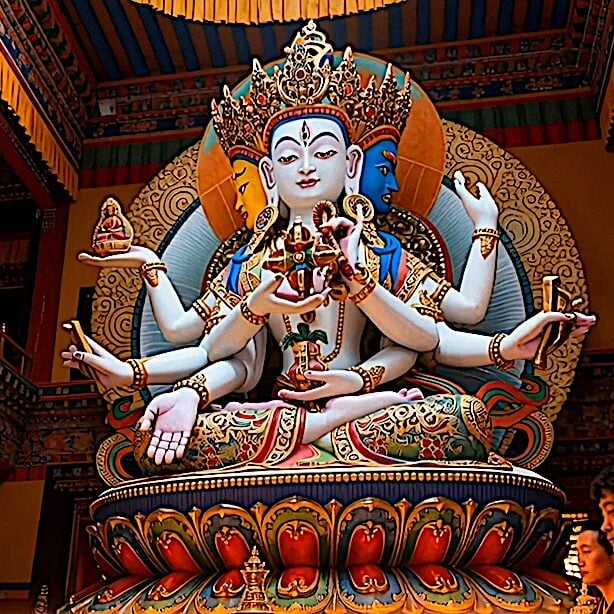
ON HEARING: Ushnisha Vijaya Dharani Overcomes Six Types of Suffering, Conquering the Lord of Death: Supreme in Six Realms
Search
Latest Features
Please support the "Spread the Dharma" mission as one of our heroic Dharma Supporting Members, or with a one-time donation.
Please Help Support the “Spread the Dharma” Mission!
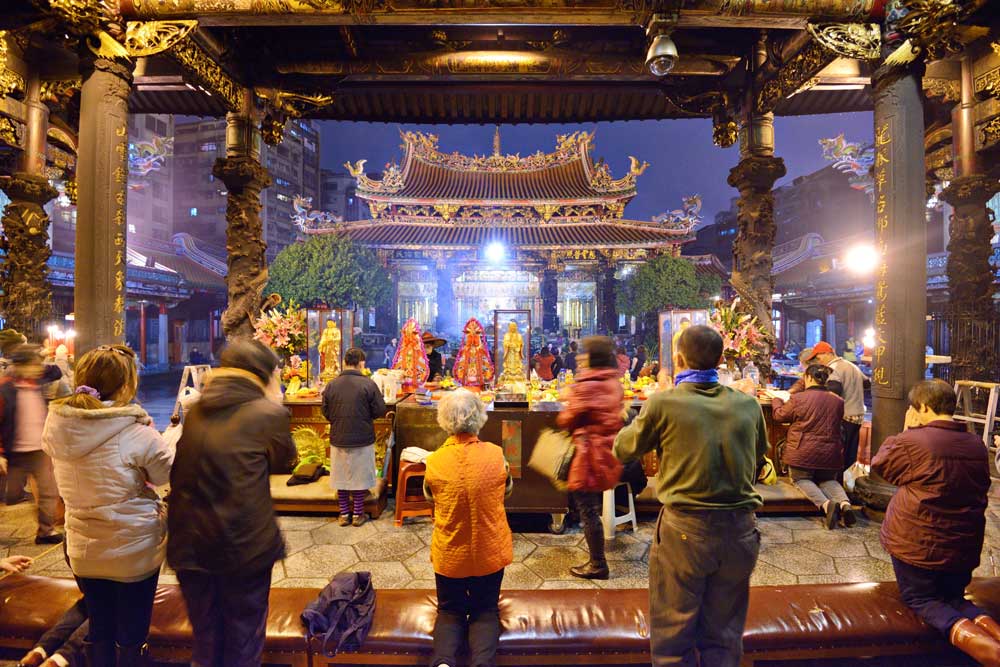
Be a part of the noble mission as a supporting member or a patron, or a volunteer contributor of content.
The power of Dharma to help sentient beings, in part, lies in ensuring access to Buddha’s precious Dharma — the mission of Buddha Weekly. We can’t do it without you!
A non-profit association since 2007, Buddha Weekly published many feature articles, videos, and, podcasts. Please consider supporting the mission to preserve and “Spread the Dharma." Your support as either a patron or a supporting member helps defray the high costs of producing quality Dharma content. Thank you! Learn more here, or become one of our super karma heroes on Patreon.
Lee Kane
Author | Buddha Weekly
Lee Kane is the editor of Buddha Weekly, since 2007. His main focuses as a writer are mindfulness techniques, meditation, Dharma and Sutra commentaries, Buddhist practices, international perspectives and traditions, Vajrayana, Mahayana, Zen. He also covers various events.
Lee also contributes as a writer to various other online magazines and blogs.

